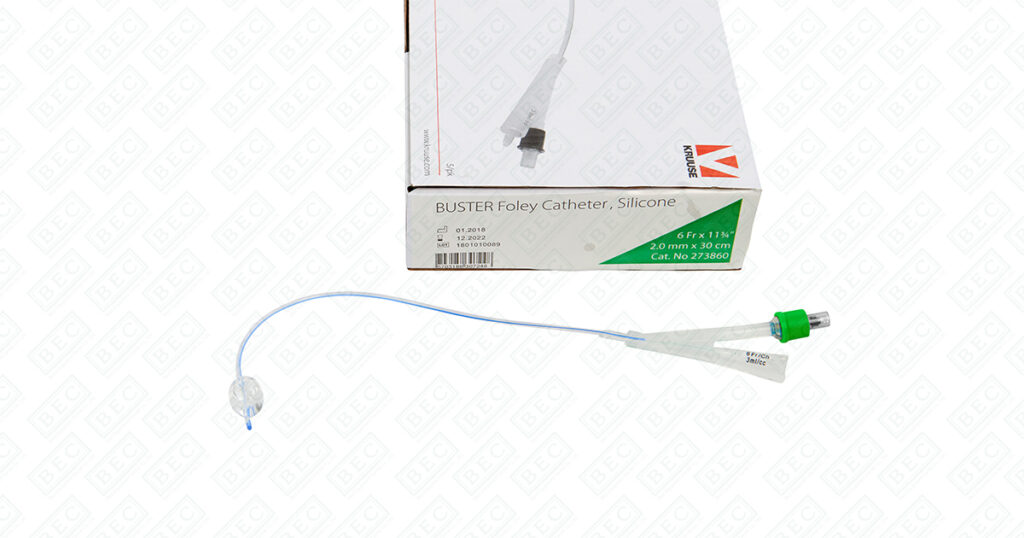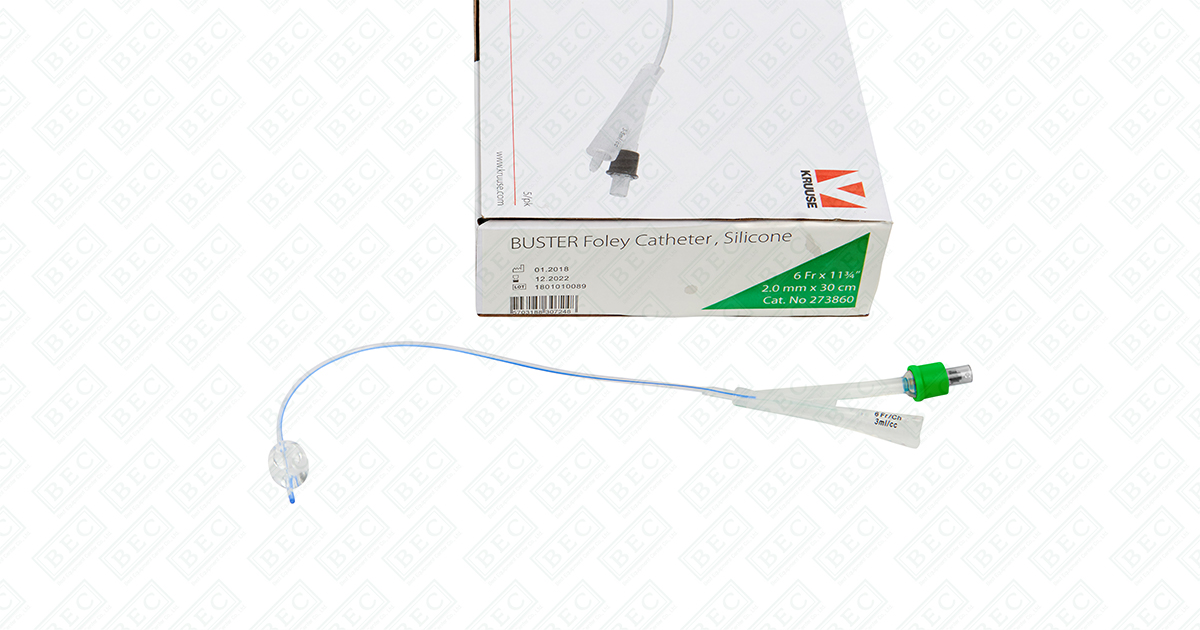
Silicone Buster: The Ultimate Guide to Removing Silicone Sealant
Silicone sealant is a versatile adhesive used in a wide array of applications, from sealing bathroom fixtures to weatherproofing windows. However, its durability and strong adhesion can make its removal a frustrating task. Whether you’re renovating your home, repairing a leaky pipe, or simply cleaning up old sealant, understanding how to effectively use a silicone buster is crucial. This comprehensive guide will provide you with the knowledge and techniques needed to tackle even the most stubborn silicone residue.
Understanding Silicone Sealant
Before diving into the removal process, it’s important to understand what silicone sealant is and why it’s so difficult to remove. Silicone sealants are synthetic polymers that create a waterproof and airtight barrier. They are known for their flexibility, resistance to extreme temperatures, and longevity. These properties, while beneficial in many applications, also contribute to the challenge of removing them.
The key to successful silicone removal lies in breaking down its chemical bonds. Mechanical methods alone are often insufficient, which is why specialized silicone buster products and techniques are necessary.
Why Remove Silicone Sealant?
There are several reasons why you might need to remove silicone sealant:
- Renovation Projects: When remodeling a bathroom or kitchen, old sealant often needs to be removed to make way for new fixtures and tiles.
- Repair Work: Damaged or cracked sealant can compromise its waterproof properties, leading to leaks and potential water damage. Replacing the old sealant with a fresh application is essential.
- Cosmetic Improvements: Over time, silicone sealant can become discolored or moldy, detracting from the appearance of your home. Removing and replacing it can significantly improve aesthetics.
- Preparation for Re-Sealing: Proper adhesion of new sealant requires the complete removal of the old sealant. Any remaining residue can prevent the new sealant from bonding properly.
Tools and Materials Needed
Before you begin, gather the necessary tools and materials. Having everything on hand will streamline the process and ensure a more efficient removal.
- Silicone Buster/Silicone Remover: A chemical solution specifically designed to break down silicone bonds. Choose a product that is compatible with the surface you’re working on.
- Utility Knife or Razor Blade Scraper: For cutting and scraping away the bulk of the sealant.
- Plastic Scraper: For removing softened silicone without damaging the underlying surface.
- Putty Knife: A wider blade for larger areas of sealant.
- Clean Cloths or Rags: For wiping away residue and cleaning the surface.
- Mineral Spirits or Isopropyl Alcohol: For removing any remaining traces of silicone.
- Safety Glasses and Gloves: To protect your eyes and skin from chemical irritants.
- Ventilation: Ensure adequate ventilation in the work area.
Step-by-Step Guide to Removing Silicone Sealant
Follow these steps for effective silicone sealant removal:
Step One: Softening the Silicone
Apply the silicone buster liberally to the sealant. Follow the manufacturer’s instructions regarding application method and dwell time. This is a crucial step as the silicone buster will penetrate and weaken the sealant, making it easier to remove. Ensure the area is well-ventilated during this process.
Step Two: Cutting the Sealant
Using a utility knife or razor blade scraper, carefully cut along the edges of the sealant. This will help to separate the sealant from the surrounding surfaces. Be cautious not to damage the underlying material. Apply steady pressure and use a sharp blade for clean cuts. The more you can loosen at this step, the easier the rest of the process will be.
Step Three: Scraping Away the Bulk
Use a plastic scraper or putty knife to remove the softened silicone. Work slowly and methodically, applying gentle pressure to avoid scratching the surface. For stubborn areas, reapply the silicone buster and allow it to dwell for a longer period. [See also: Removing Caulk from Tile]. The goal is to remove as much of the sealant as possible in this step.
Step Four: Removing Residue
After removing the bulk of the sealant, there will likely be some residue remaining. Apply mineral spirits or isopropyl alcohol to a clean cloth and wipe the surface thoroughly. This will help to dissolve any remaining silicone and leave a clean surface for resealing. Repeat as necessary until all residue is gone.
Step Five: Final Cleaning
Once all the silicone residue has been removed, clean the surface with soap and water to remove any remaining cleaning agents. Allow the surface to dry completely before applying new sealant. This ensures proper adhesion and a long-lasting seal.
Choosing the Right Silicone Buster
Not all silicone buster products are created equal. When choosing a silicone buster, consider the following factors:
- Surface Compatibility: Ensure the product is safe to use on the surface you’re working on. Some silicone buster products can damage certain materials, such as plastic or painted surfaces.
- Effectiveness: Read reviews and compare different products to find one that is known for its effectiveness in removing silicone sealant.
- Safety: Choose a product with low VOCs (volatile organic compounds) and follow all safety precautions when using it.
- Application Method: Consider the application method. Some silicone buster products come in spray bottles, while others are applied with a brush. Choose the method that is most convenient for you.
Tips and Tricks for Stubborn Silicone
Sometimes, silicone sealant can be particularly stubborn to remove. Here are some additional tips and tricks:
- Heat: Applying heat with a heat gun or hair dryer can help to soften the silicone and make it easier to remove. Be careful not to overheat the surface, as this can cause damage.
- Multiple Applications: For particularly stubborn areas, apply the silicone buster multiple times, allowing it to dwell for longer periods each time.
- Patience: Removing silicone sealant can be a time-consuming process. Be patient and persistent, and you will eventually be able to remove it all.
- Professional Help: If you’re struggling to remove the silicone sealant yourself, consider hiring a professional. They have the tools and expertise to remove even the most stubborn sealant without damaging the underlying surface.
Safety Precautions
When working with silicone buster products, it’s important to take the following safety precautions:
- Wear Safety Glasses and Gloves: To protect your eyes and skin from chemical irritants.
- Ensure Adequate Ventilation: Work in a well-ventilated area to avoid inhaling harmful fumes.
- Follow Manufacturer’s Instructions: Read and follow the manufacturer’s instructions carefully.
- Keep Out of Reach of Children and Pets: Store silicone buster products in a safe place, out of reach of children and pets.
- Dispose of Properly: Dispose of used rags and containers according to local regulations.
Alternatives to Chemical Silicone Busters
While chemical silicone buster products are often the most effective, there are some alternative methods you can try:
- Vinegar: White vinegar can sometimes help to soften silicone sealant. Soak a cloth in vinegar and apply it to the sealant for several hours.
- Baking Soda Paste: A paste made from baking soda and water can also help to loosen silicone sealant. Apply the paste to the sealant and let it sit for several hours.
- Steam: Using a steam cleaner can help to soften the sealant and make it easier to scrape away.
However, these methods are generally less effective than using a dedicated silicone buster product.
Conclusion
Removing silicone sealant can be a challenging task, but with the right tools, techniques, and a good silicone buster, it is achievable. By following the steps outlined in this guide, you can effectively remove old sealant and prepare the surface for a fresh application. Remember to prioritize safety and choose a silicone buster product that is compatible with the surface you’re working on. Whether you’re renovating, repairing, or simply cleaning up, mastering the art of silicone removal will save you time and frustration in the long run. Using a quality silicone buster can make all the difference. Always ensure proper ventilation when using a silicone buster. A good silicone buster will break down the silicone effectively. Don’t underestimate the power of a strong silicone buster. Finally, remember that choosing the right silicone buster is key to a successful removal. Remember that even the best silicone buster requires patience. The effectiveness of a silicone buster depends on the type of sealant. With the right silicone buster, you can tackle any silicone removal job. Using a silicone buster is much easier than trying to remove it mechanically. A reliable silicone buster is a must-have for any DIY enthusiast.

